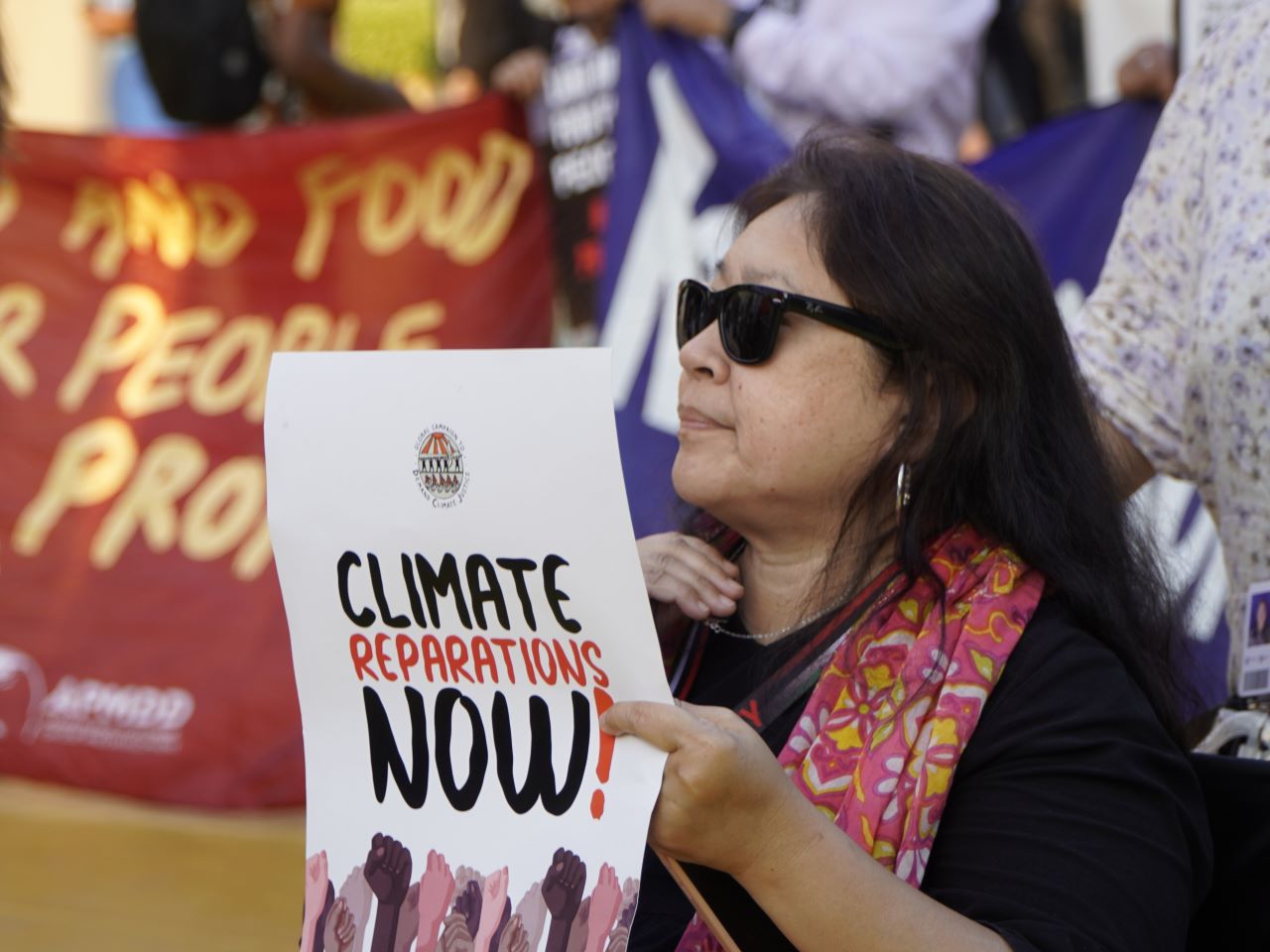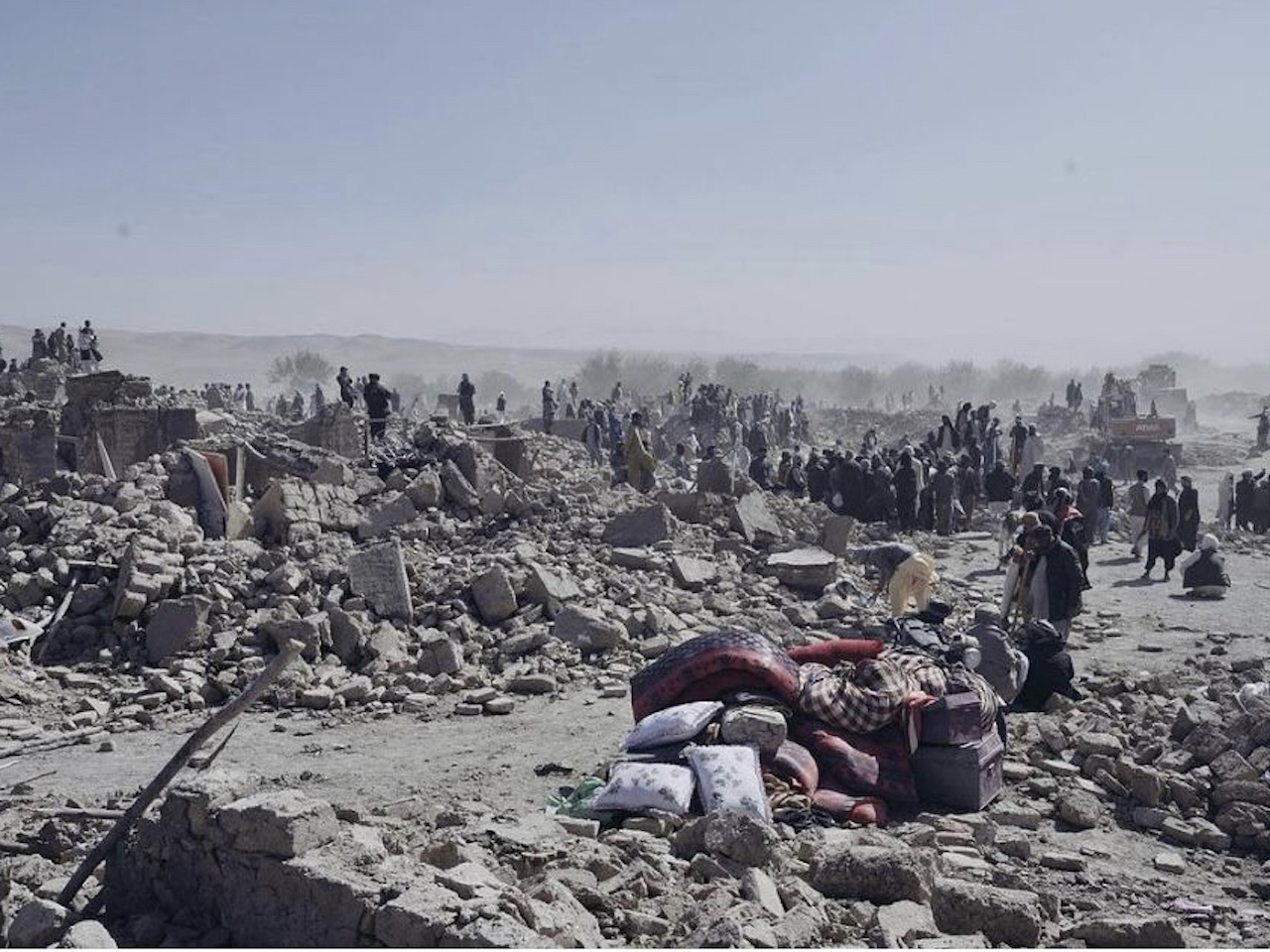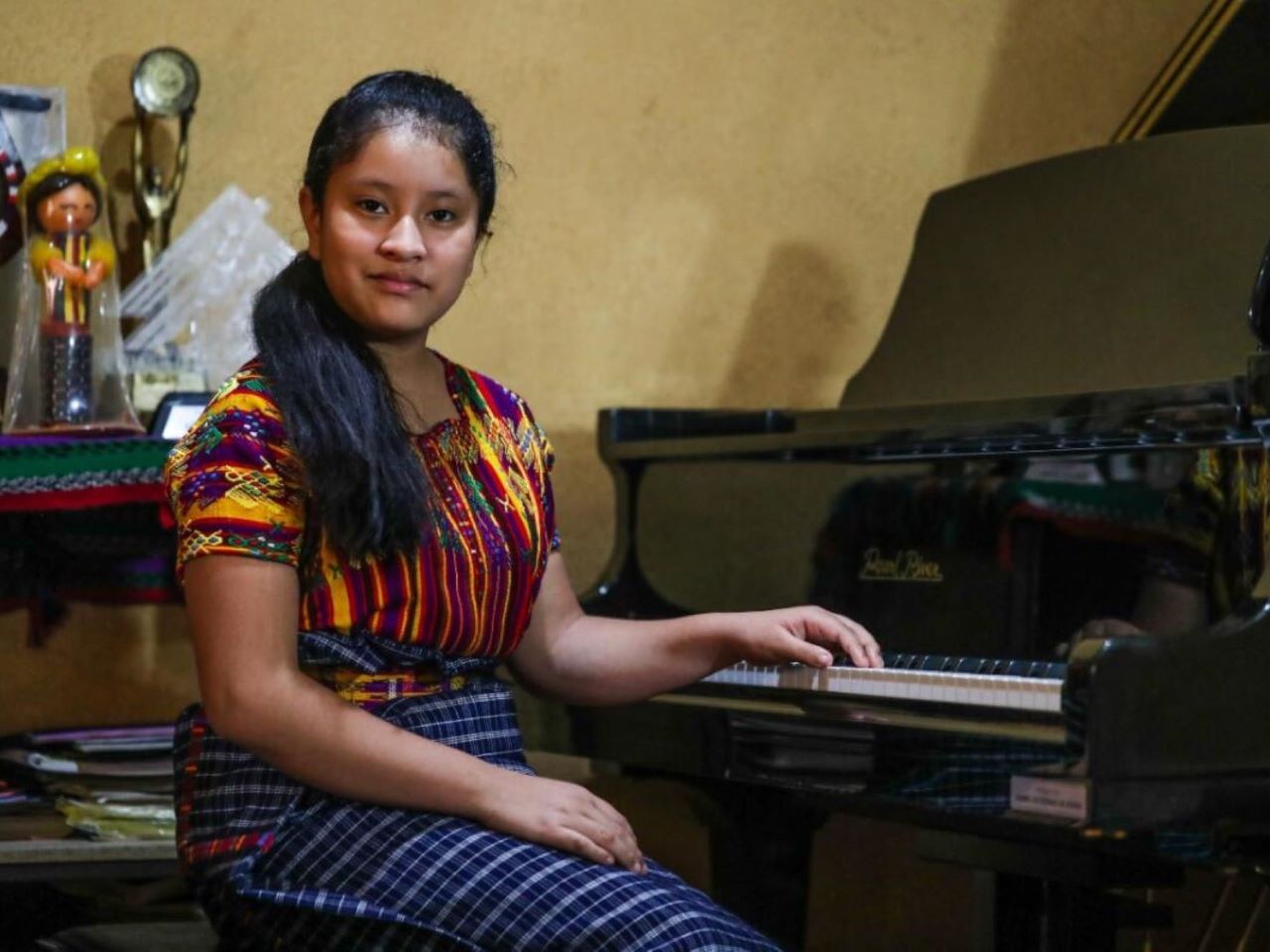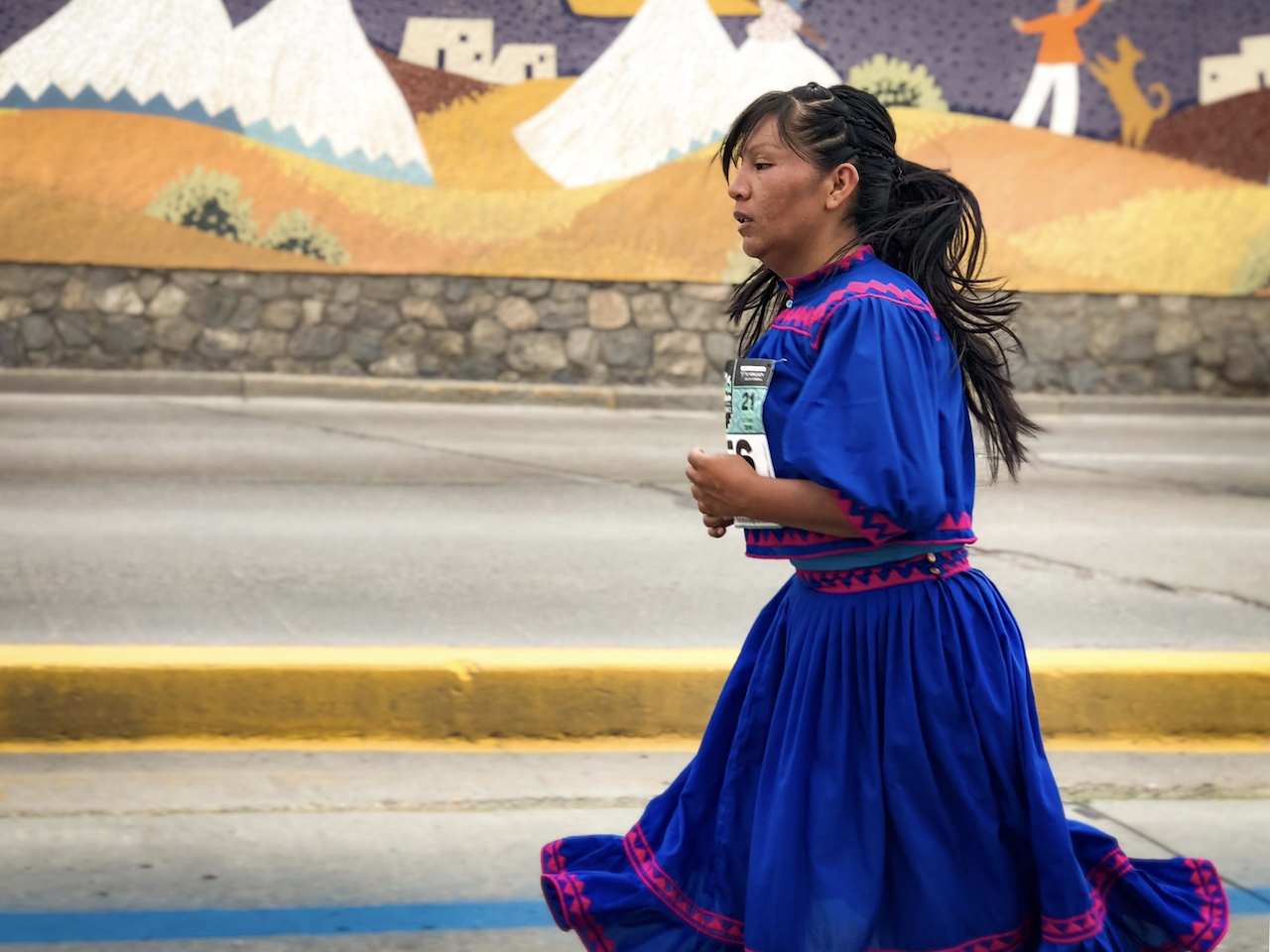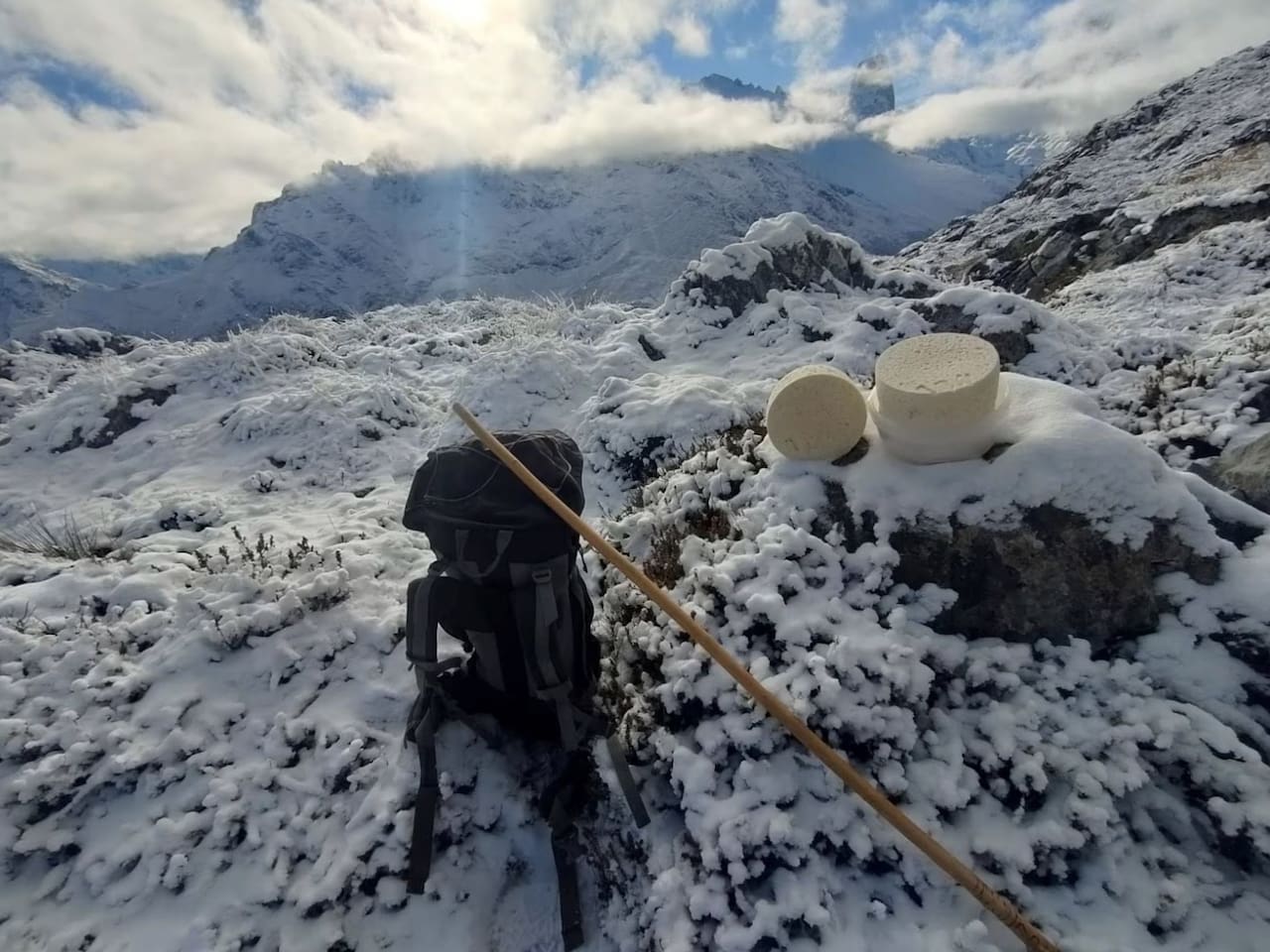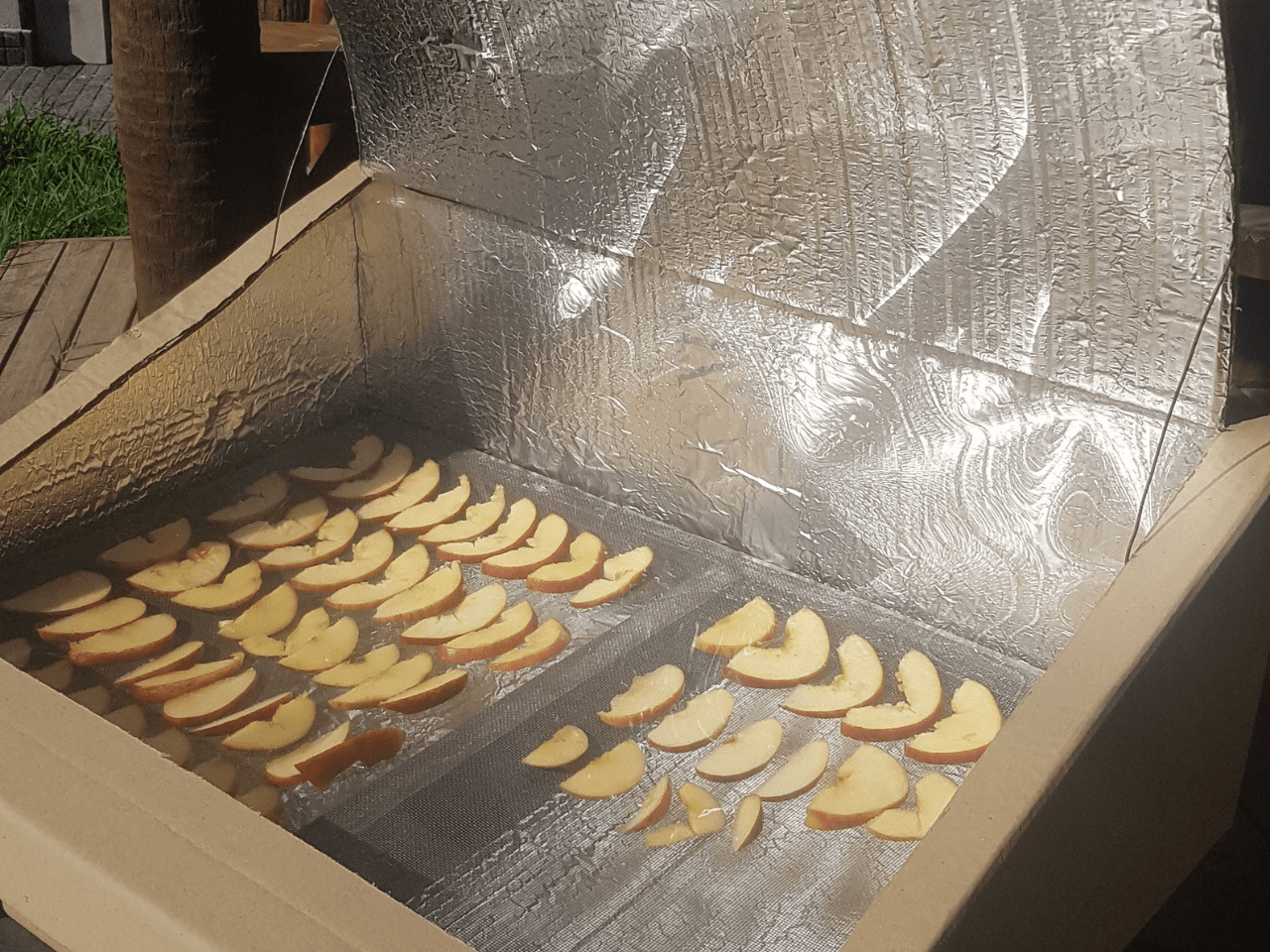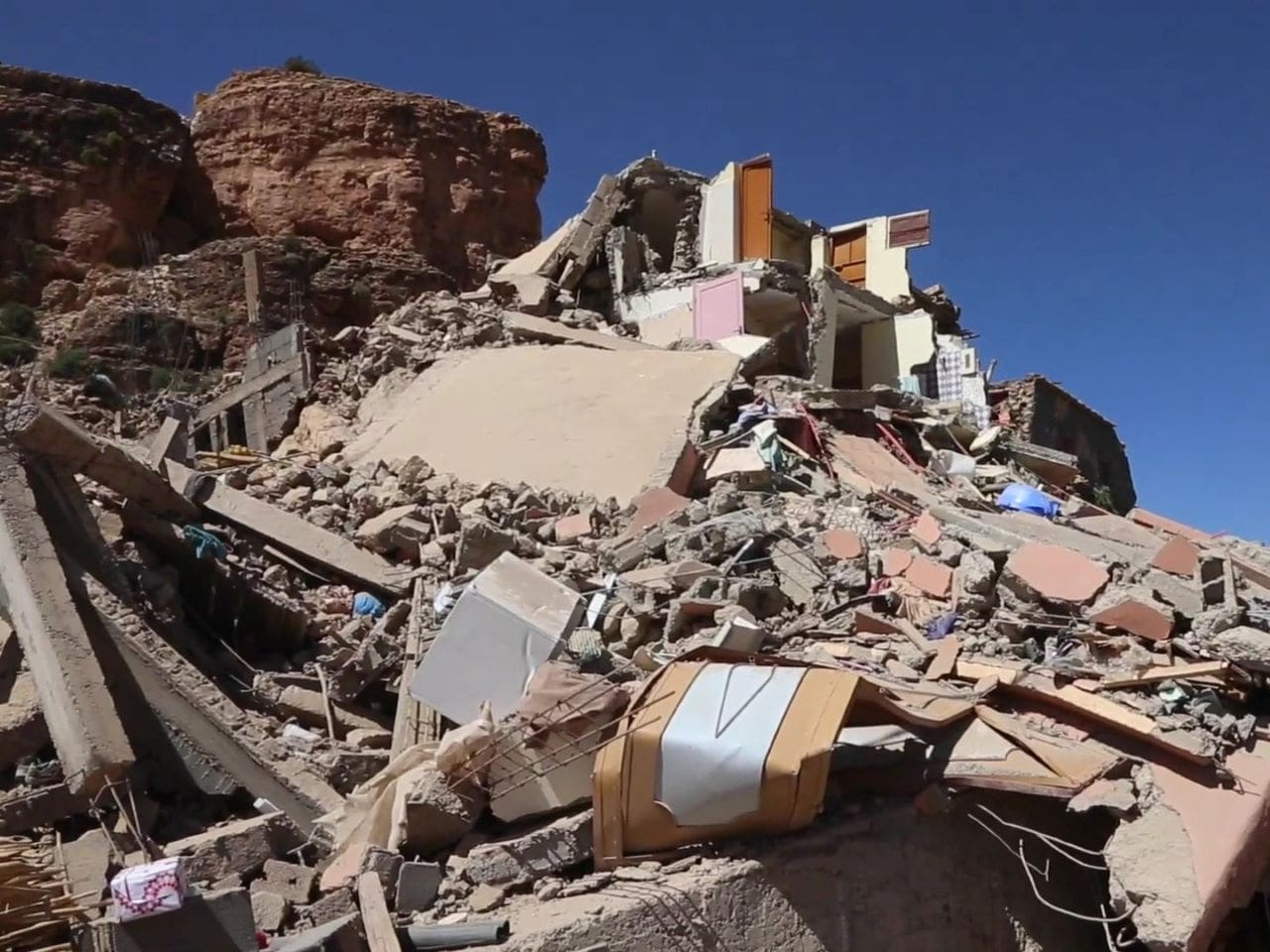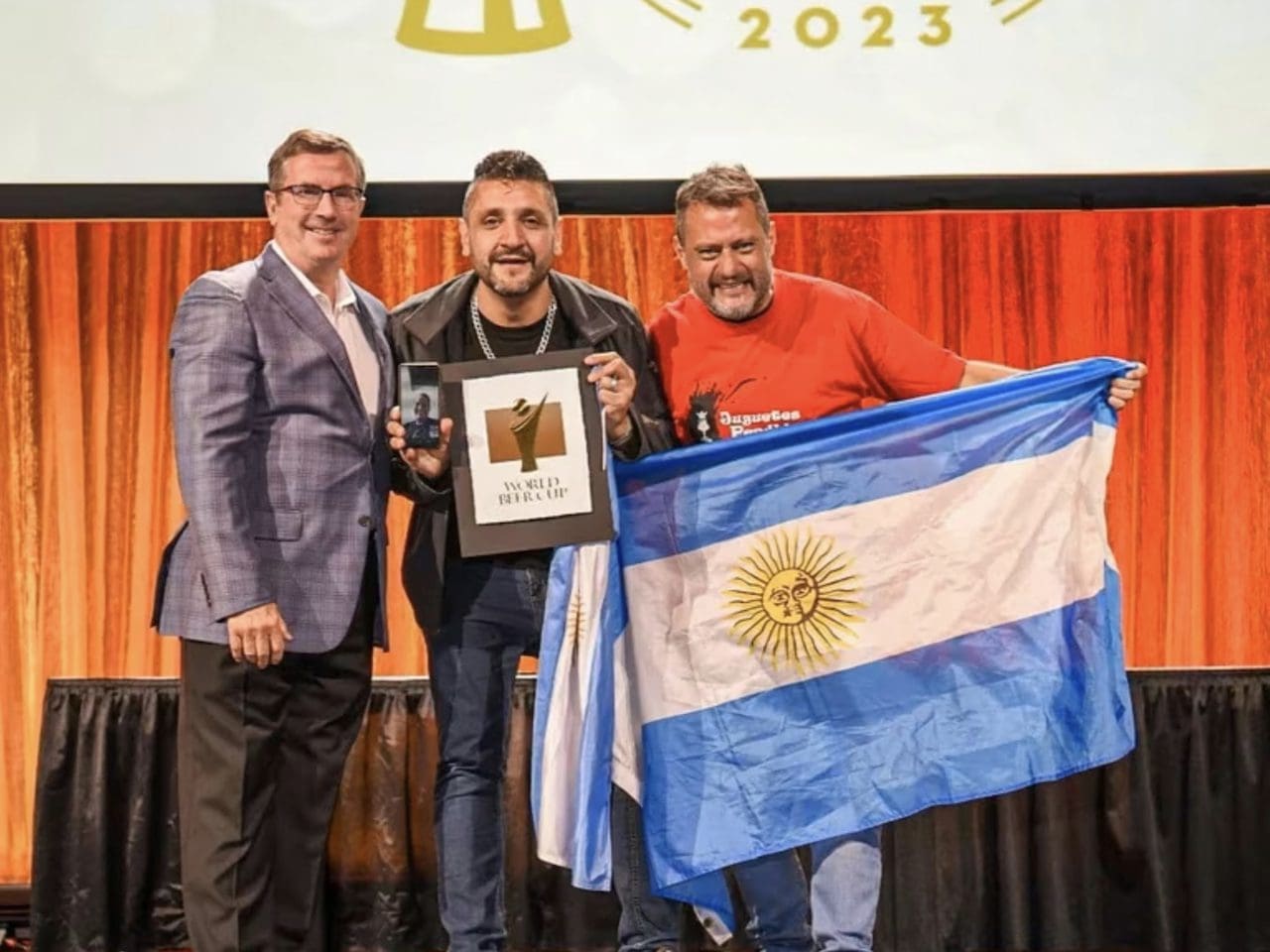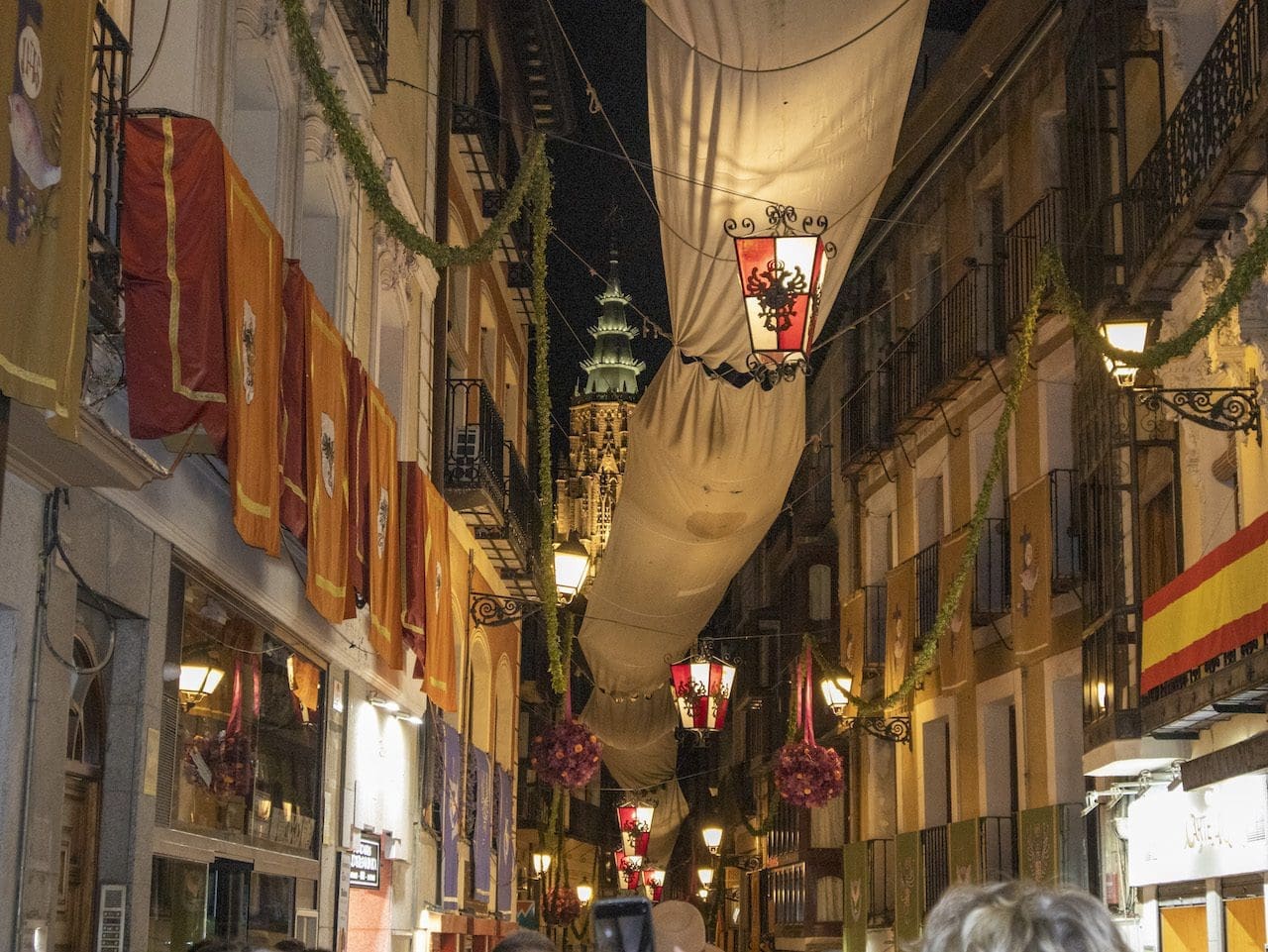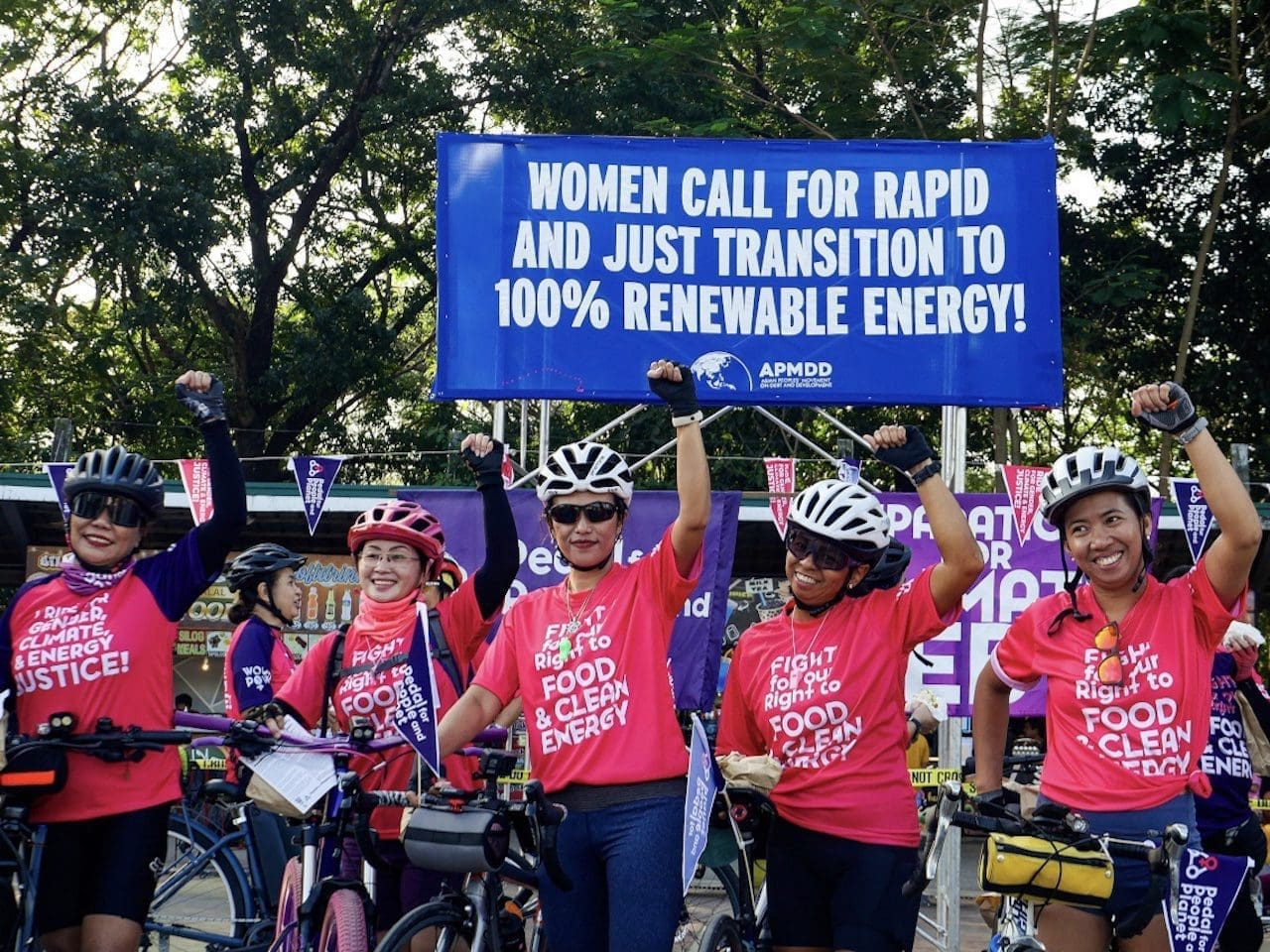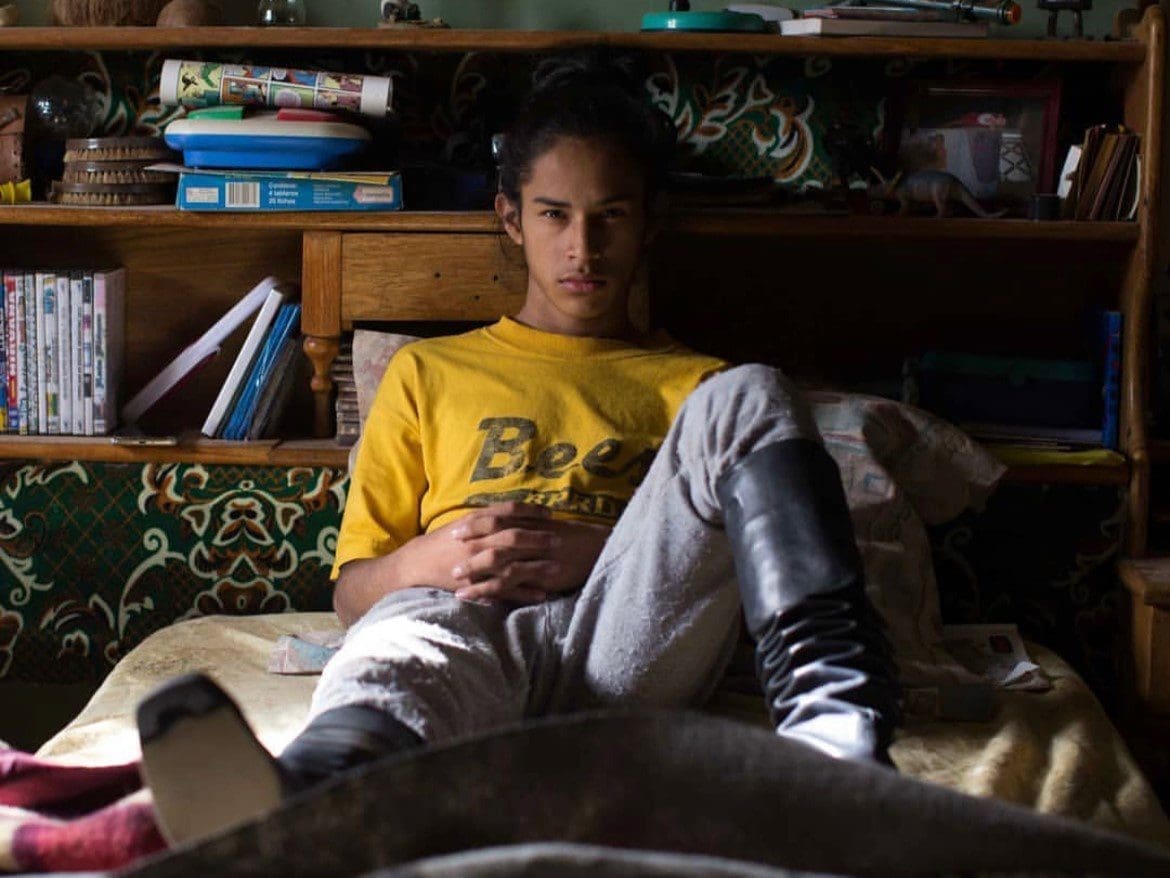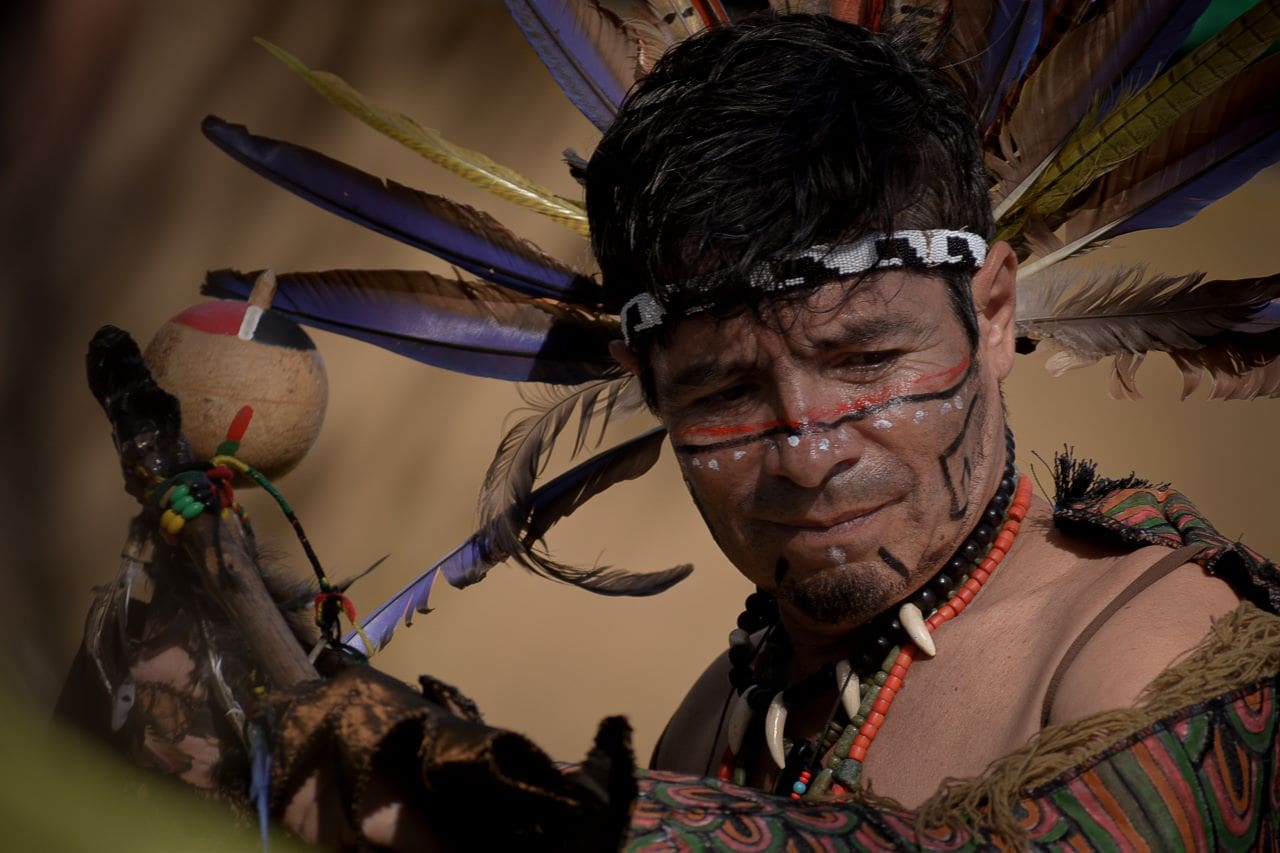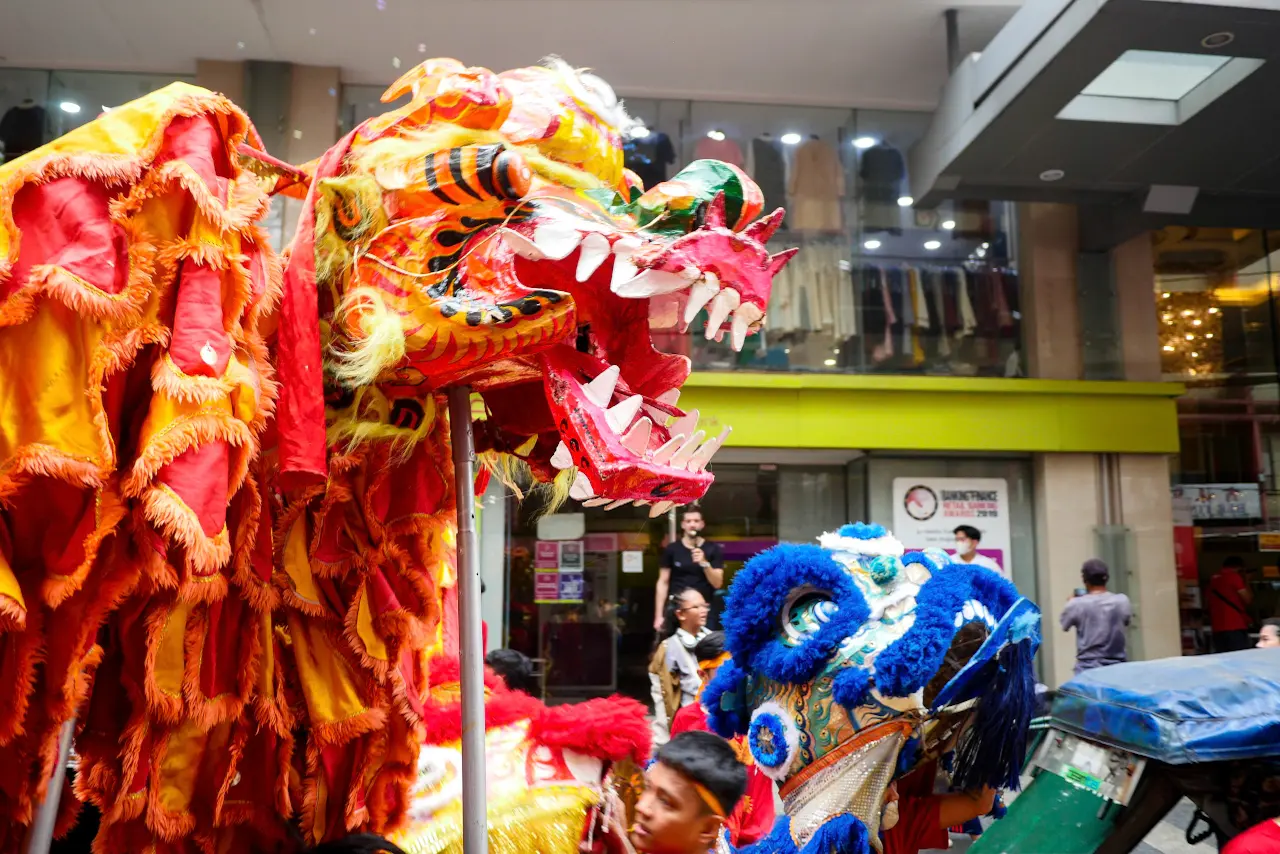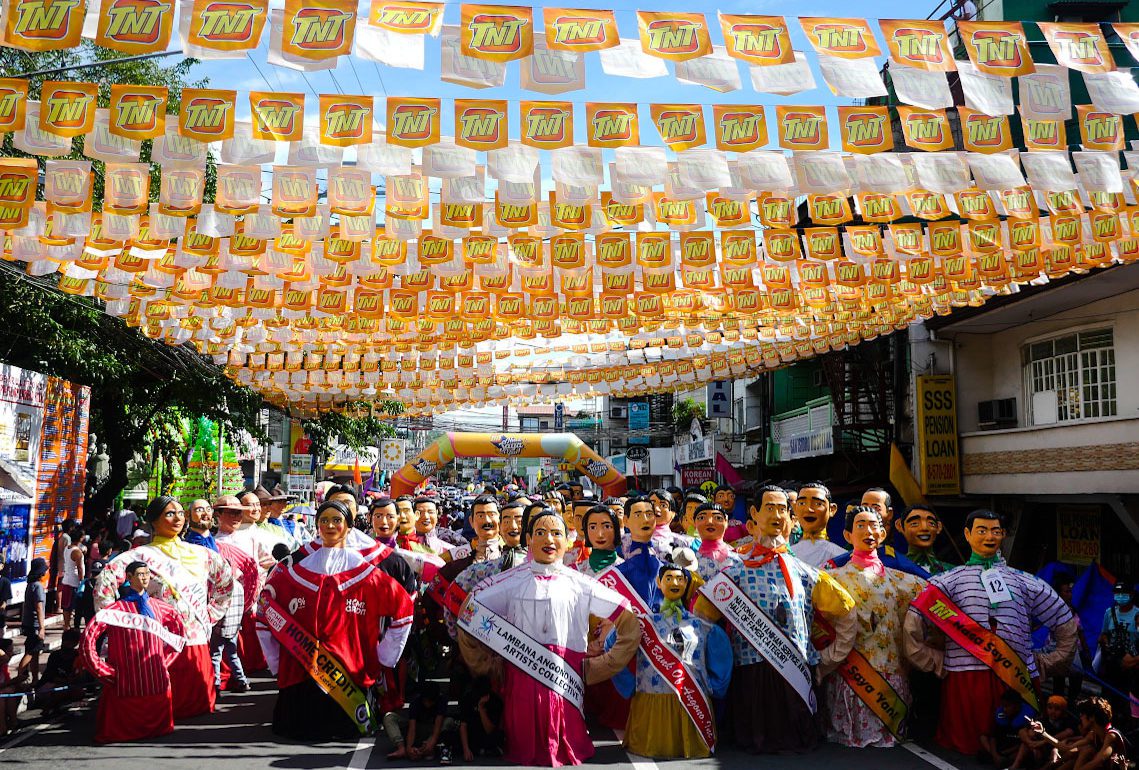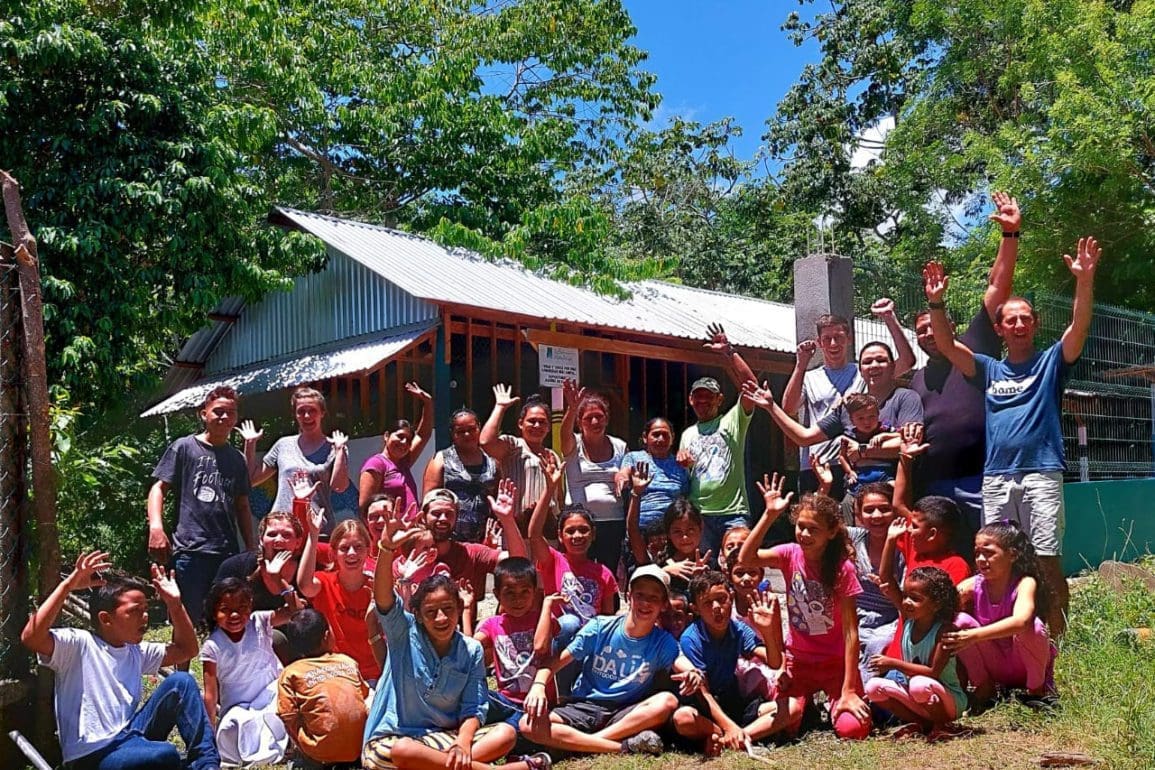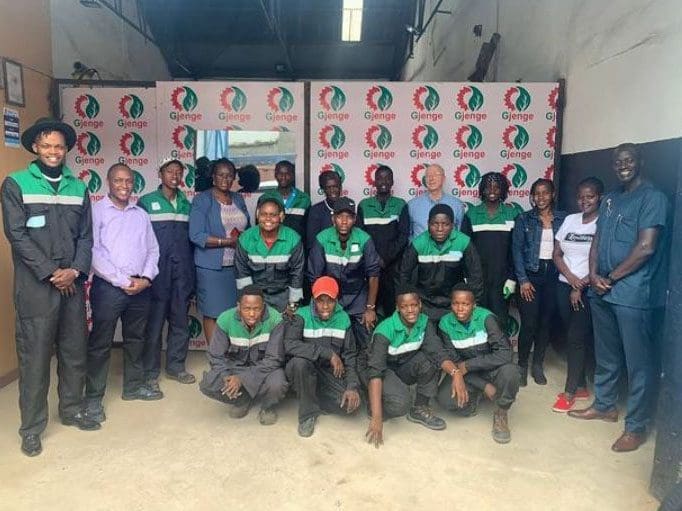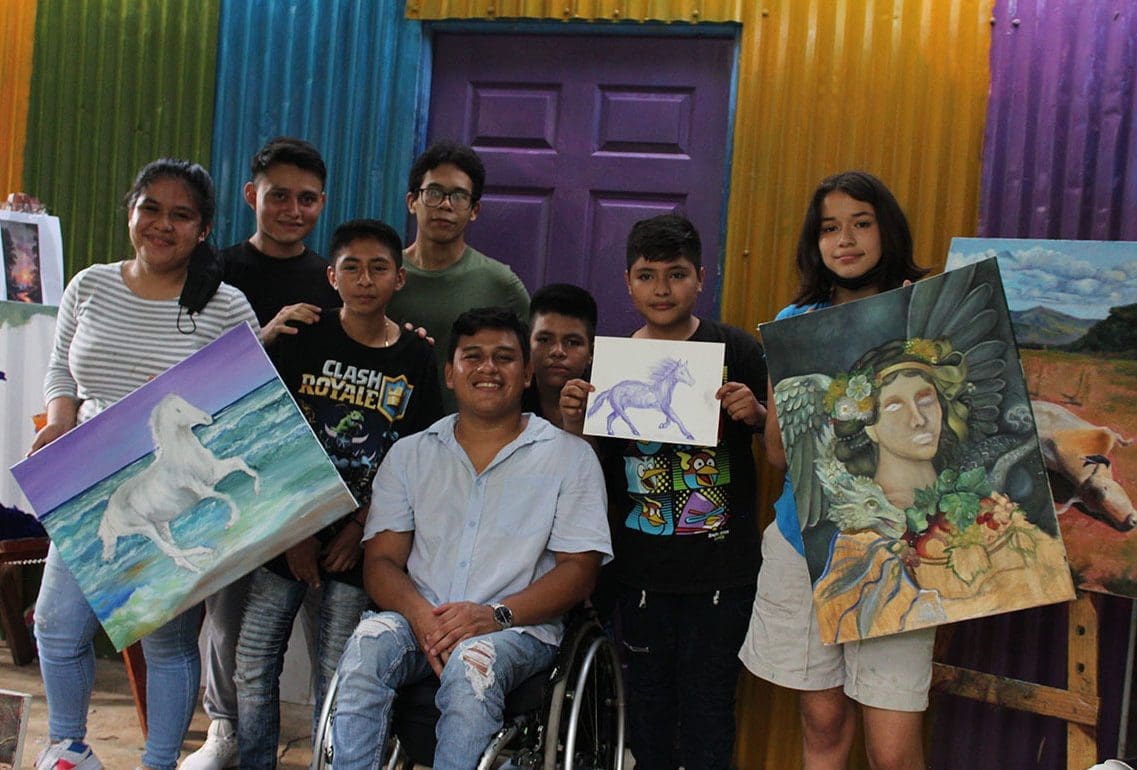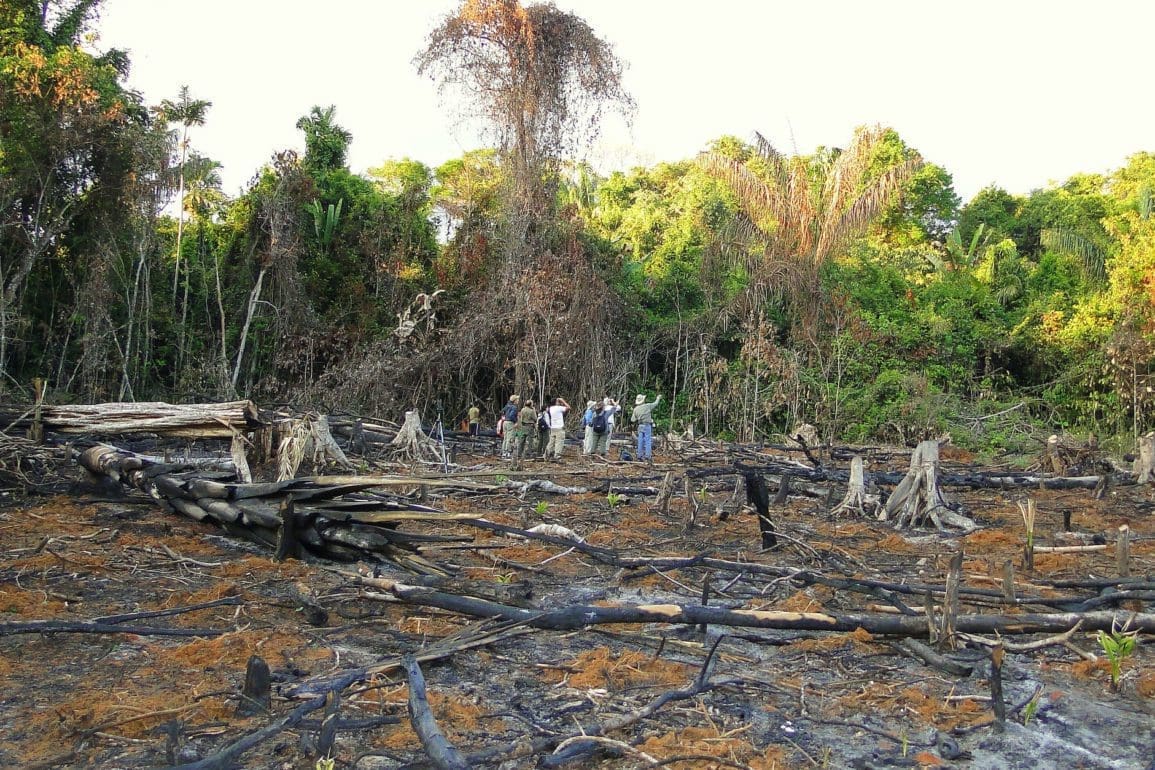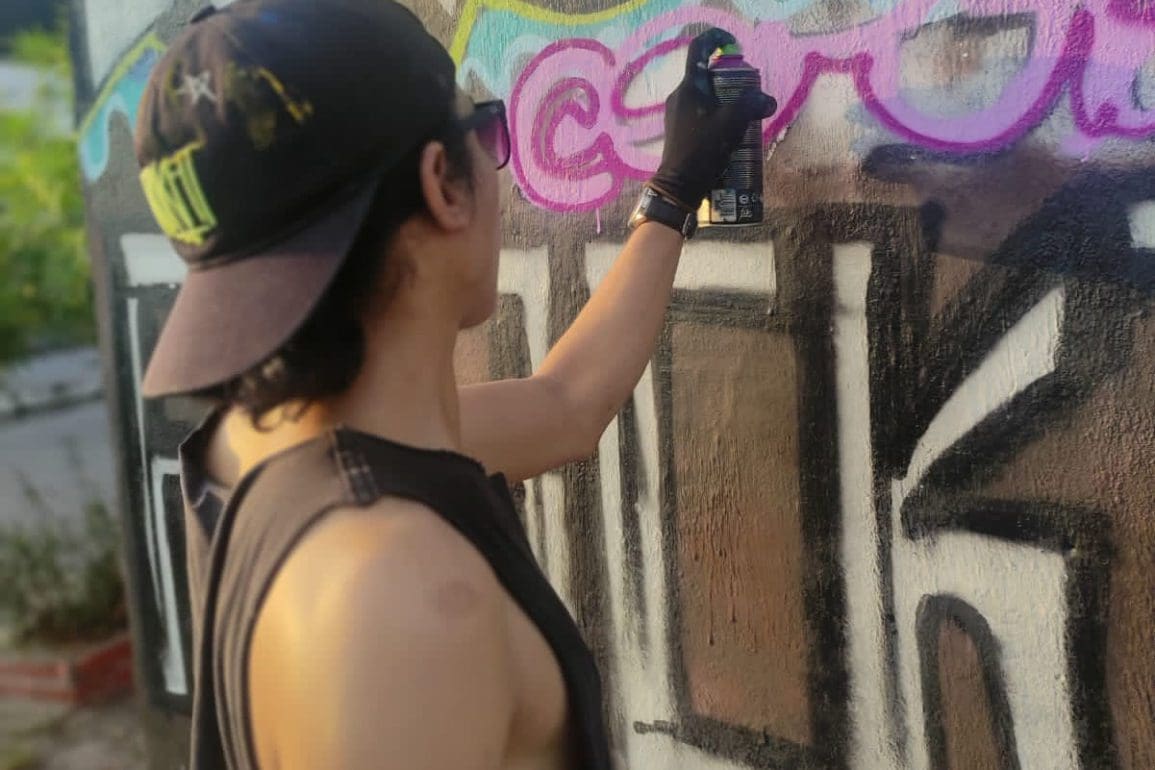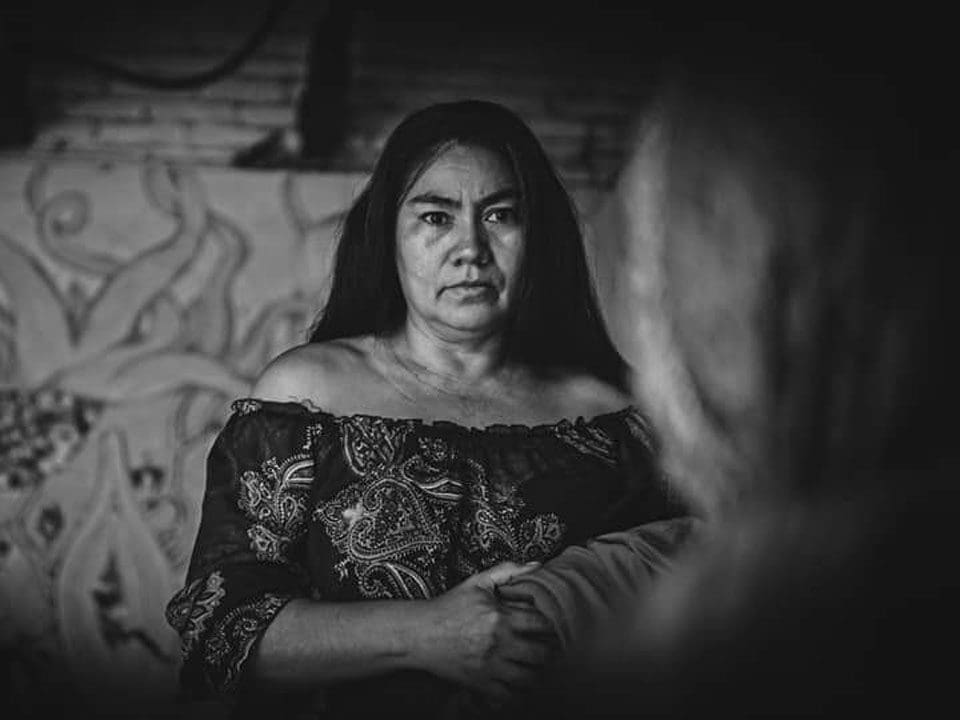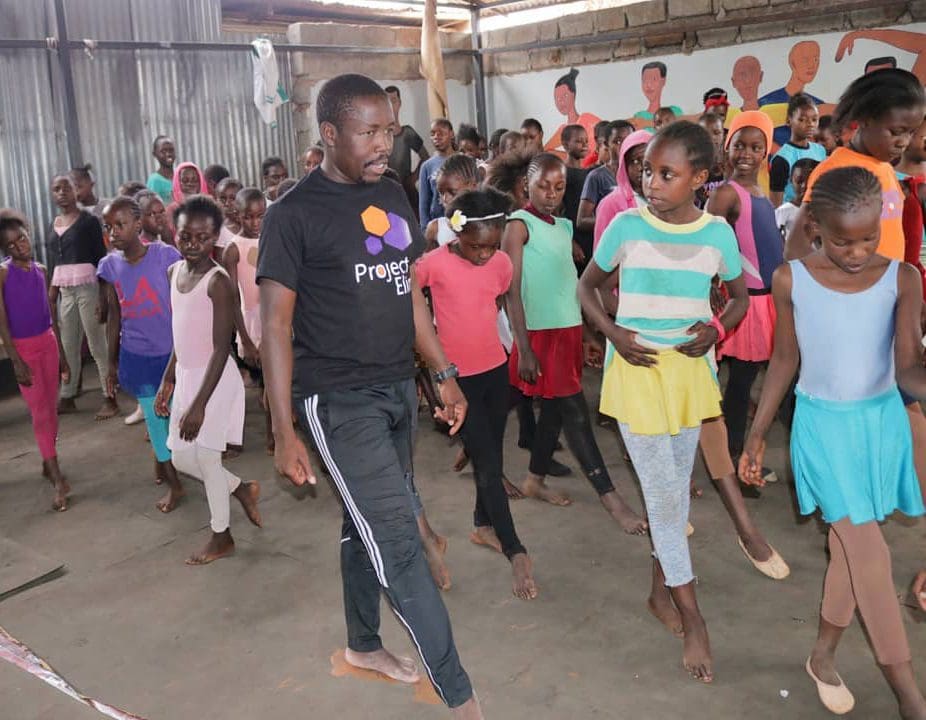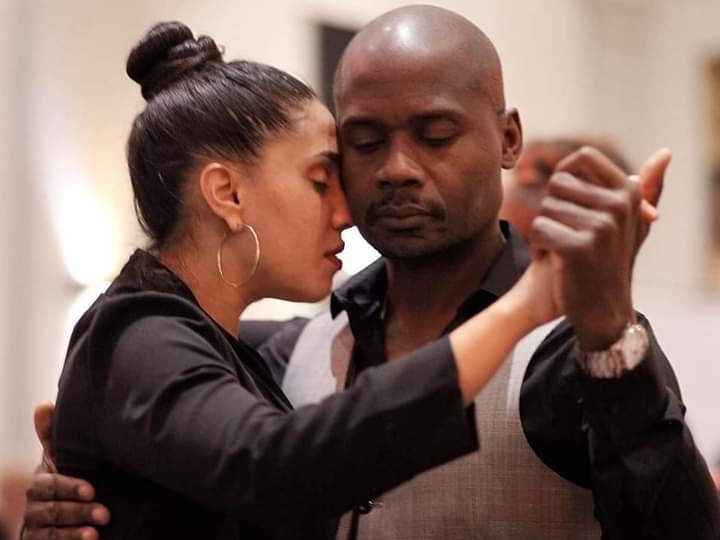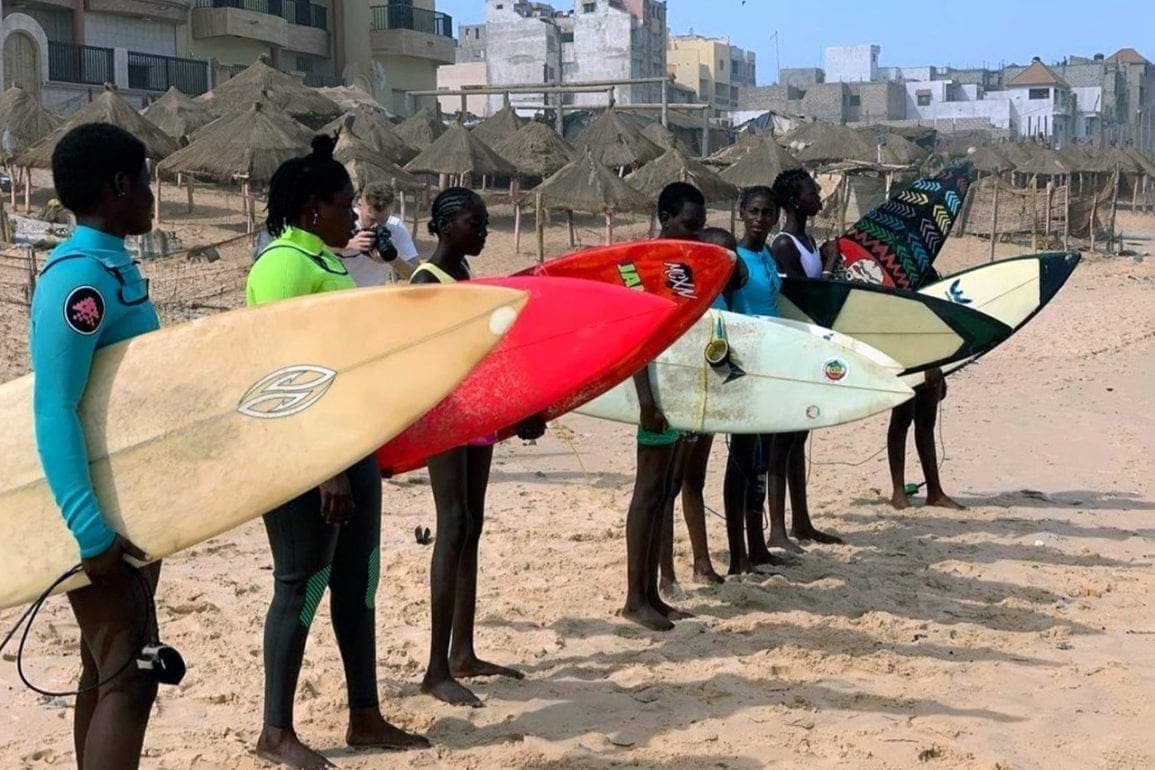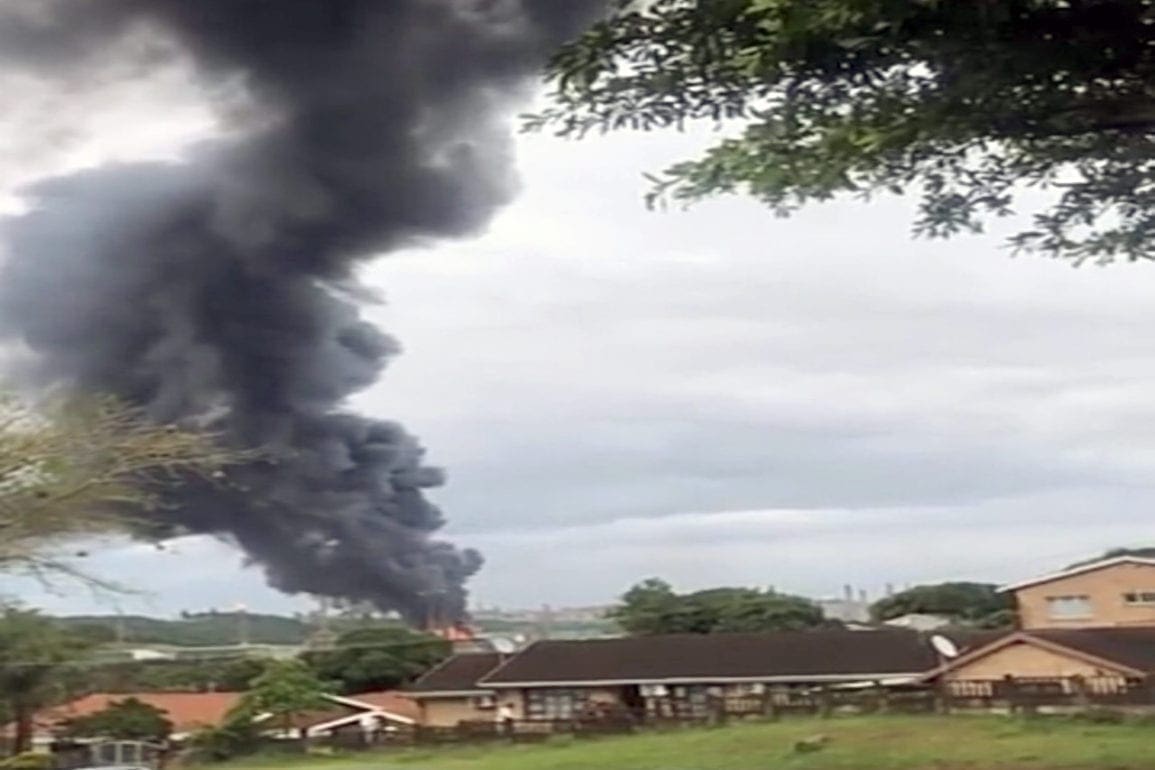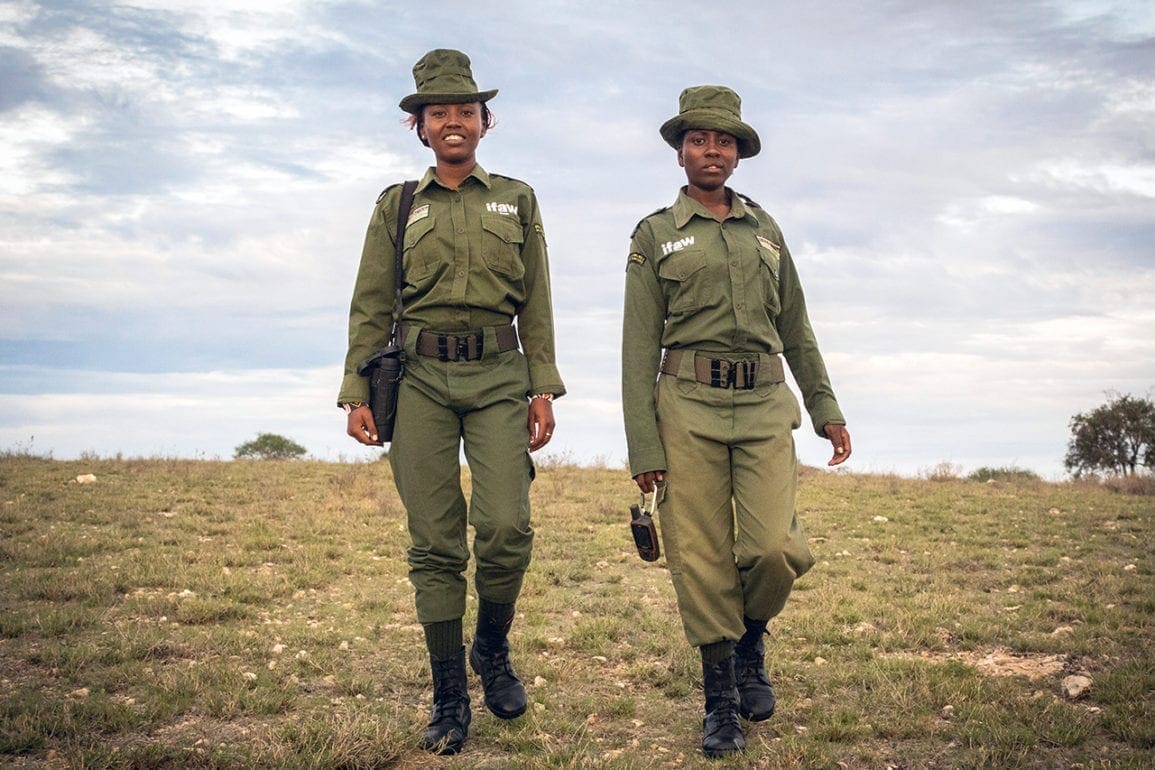Indigenous women in Bolivia defy climate change, reforest ancient Kewiña trees
In the forest, the imposing trunks of the kewiñas intertwine in layers with twisted, brown branches like a dense, exuberant canopy. They create a natural fortress, protecting us from climate change. These projects now serve as the backbone of our community.
- 2 weeks ago
April 24, 2024
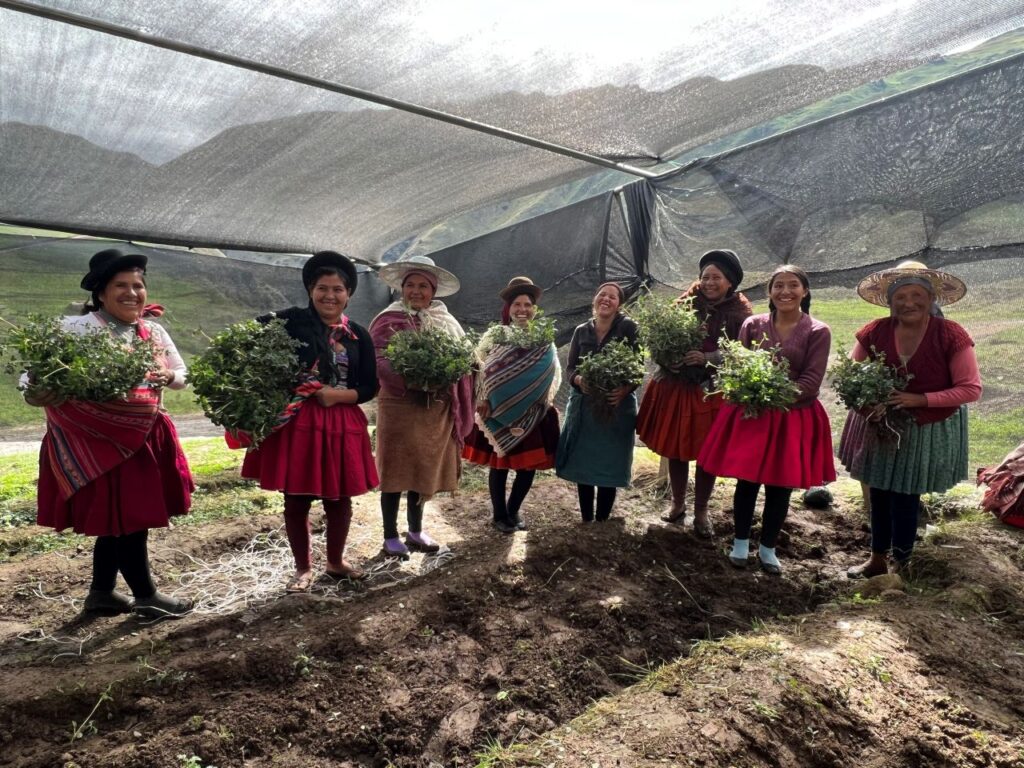





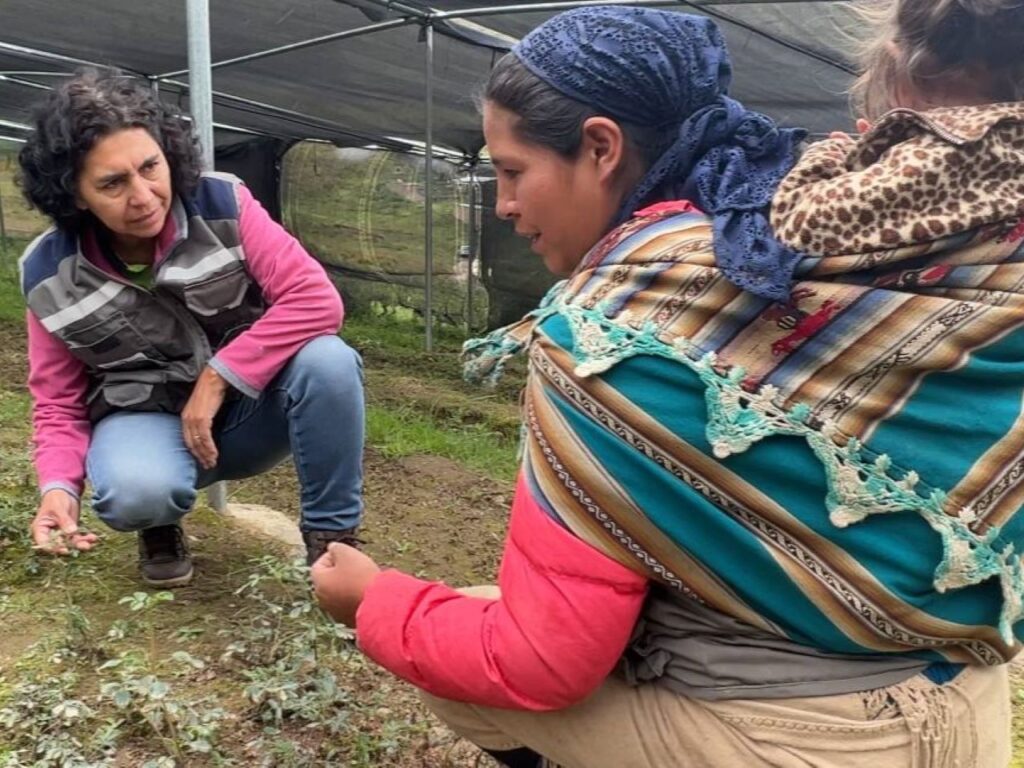





CHIARAJE, Bolivia ꟷ When the people of Chiaraje ceded a piece of land for the installation of a communal kewiñas nursery, I became its caretaker. Tending to the plants, I preserve their fundamental function for the conservation of the Andes.
The kewiñas act like water factories and protect the soil. Since we have no electricity, their secondary purpose as firewood sustains our lives. Degraded over hundreds of years, we witnessed the consequences of their deterioration. Now we watch in awe as these ancient trees – the guardians of the water – form a thick mist that floats above them forming clouds.
Read more environmental stories from around the globe at Orato World Media.
In this mountainous landscape, community defies climate change, restores ancient plantsNestled in the fourth largest city in Bolivia known as Cochabamba is the headquarters of the NGO FaunAgua. [FaunAgua carries out studies and projects around natural resources, water management, and the protection and advocacy of protected areas and indigenous territories.] A four-hour drive from their headquarters, sits a little village in the middle of the Andes Mountains called Chiaraje. This rural community of 50 indigenous families survives off agriculture and livestock.
In this setting lives the kewiñas plant – synonymous with opportunity. These ancient plants provide firewood and medicine, and through their restoration, attract water. My community now partners with FaunAgua in a forest restoration project that allows us to create kewiñas nurseries, but the project does even more than that. Many in our community are now learning to read and write.
In this mountainous landscape with its enormous brownstones mingling with pastures, we walk to the nurseries through winding paths, at great altitudes. Many in the community spend two to three hours at a time there, even amidst the strong winds that shake the region and cold temperatures in the morning and at night.
Seeking to counteract the effects of climate change, we rescue the plants and they in turn save us. The kewiñas have given us other gifts as well: the opportunity to be together, witnessing the miracle of tiny plants as they grow and germinate on the rocks, and a strengthened community with purpose and dreams.
The indigenous women of Chiaraje and the kewiñas plants help woman through heartacheClimate change endangers the very survival of our community as we witness the blurring of seasons and deforestation. With it, each year, the water diminishes more and more, and the land dries up while everything dies. With our new project, we plant using bristles, seeds, cuttings, and small stems that we select from the trees. We do this after the December rains while the ground is wet. We take these blessings in our hands and deposit them in the earth.
My indigenous community has mastered the art of nurturing and strengthening plants. As the kewiñas take root and grow, so do we, empowering ourselves and learning from them. We leave behind the idea of exclusion, becoming active participants in diverse tasks. I see the kewiñas when they are small buds. I take care of them and weed them. They become like my daughters, supporting me in the most difficult moments of my life.
At the end of last year, I became widowed. My husband suffered a fatal accident, and the loss and shock devastated me. I had no idea what to do or how to carry on, but the Warmis Kewiñas [the name of the group of indigenous women who tend to the plants] made a declaration. “You cannot leave,” they told me. “You have grown as a Warmis woman; to be strong like the kewiñas now. When they are devastated by fire, little by little, you see their green shoots coming back again.”
These women looked at me with eyes full of love and added, “We will support you and you will not be alone anymore.” Their words, their arms, and their hearts strengthened me, and I decided to stay. I told the women; I will continue on with the nursery.
Bolivian women are, in essence, planting water
After a waiting period of 10 months, the kewiñas seedlings in the nursery reach 20 to 30 centimeters tall. The time arrives to take them to their destination. We gather in the nursery with picks and shovels and turn the soil, carefully extracting each kewiña plant. Then, we prepare our aguayos [bright rectangular cloths used to carry things] and their presence lights the earth up with color. We group the seedlings and carry them on our backs. Every single community member participating explodes with joy as we contemplate the fruit of this work, setting off toward the reforestation area.
In Bolivia, January marks the rainy season, an ideal time for planting. The entire community gets involved in the task. We hike up and down the hill, located more than 4,000 meters above sea level. The reforestation campaign feels like a party because it brings the whole community together. We share food, music, dance, and work. I say a few words while a huge smile appears on my face.
With my skirt in the wind, my embroidered shirt, yellow sweater, and black hat, I feel wrapped in magic. The rain begins to fall softly, and the temperature drops as we march up the mountainside until we reach the top, forming a big circle and holding hands. One by one, we kneel to the earth as I speak to Pacha mama or mother earth, thanking her.
I say, “Here I leave you so that you can grow, little tree; be strong and big.” We deposit the trees in the womb of the earth – each plant we watched grow, supplying our love. As the rain falls, I feel an energy in my body that illuminates life, a good and exciting omen.
Planting 25,000 kewiñas in two days: a display of strength and hard work
After finishing the kewiña reforestation ritual, we go down the hill and return to the meeting point. The rain slowly disappears, and the sun rises through the mountains, piercing the forest with its rays. We share the food we cooked using hot stones, including llama meat, potatoes, and plantains, while we all look at each other, sharing a moment of joy.
A secondary impact of this project includes teaching literacy to the community, especially older women. For a while, women unable to read hesitated to participate in the activities out of embarrassment. They wanted to help reforest and fulfill their dreams but were unable to read or write. The literacy project helps them learn and one 60-year-old woman can now write her name.
Every tree we plant acts as a direct challenge to global warming and the loss of biodiversity. In harmony with nature, we pursue a sustainable future for generations to come. In the forest, the imposing trunks of the kewiñas intertwine in layers with twisted, brown branches like a dense, exuberant canopy. They create a natural fortress, protecting us from climate change.
These projects now serve as the backbone of our community. We add more projects as we visualize our needs and a thriving future. Today, we can feel the vitality of our environment all around us from the work we do.






































